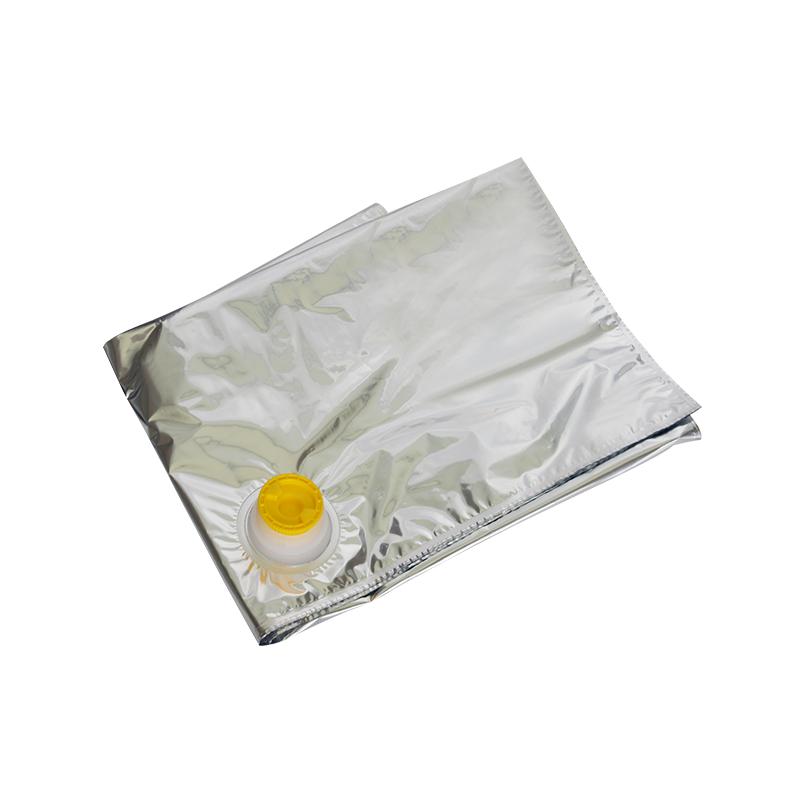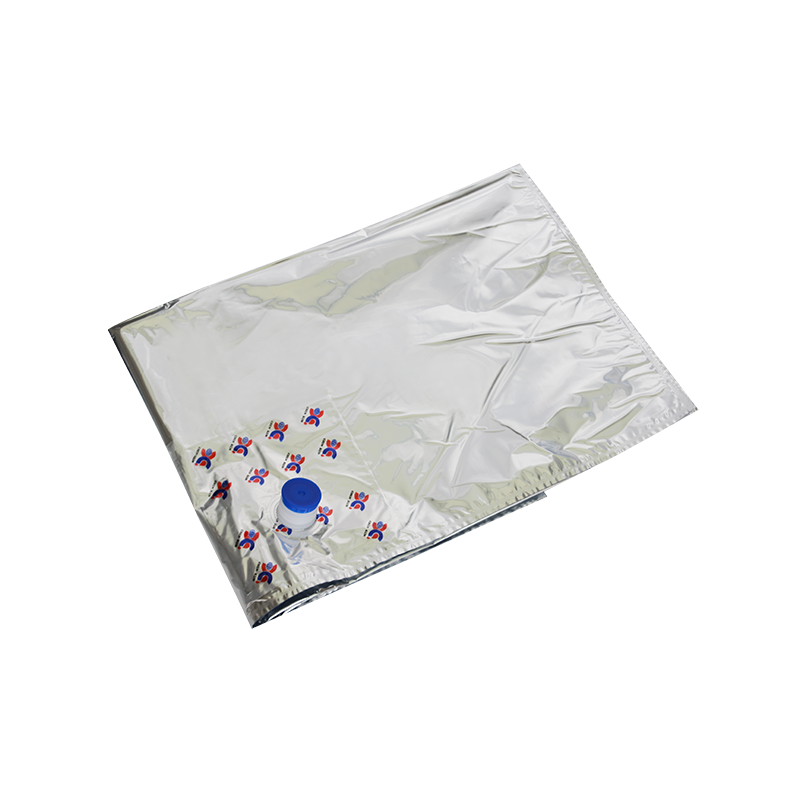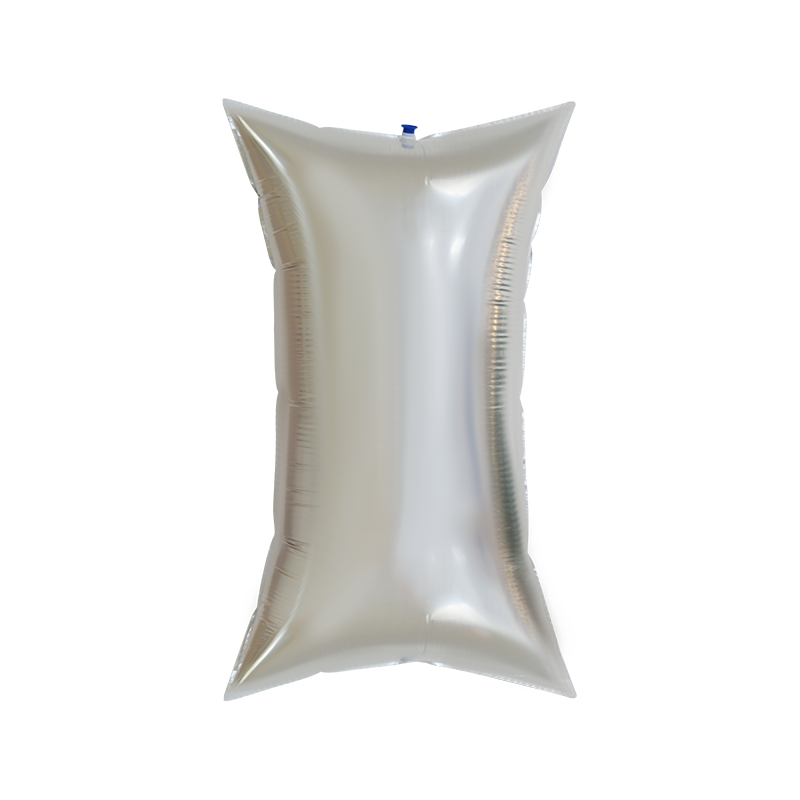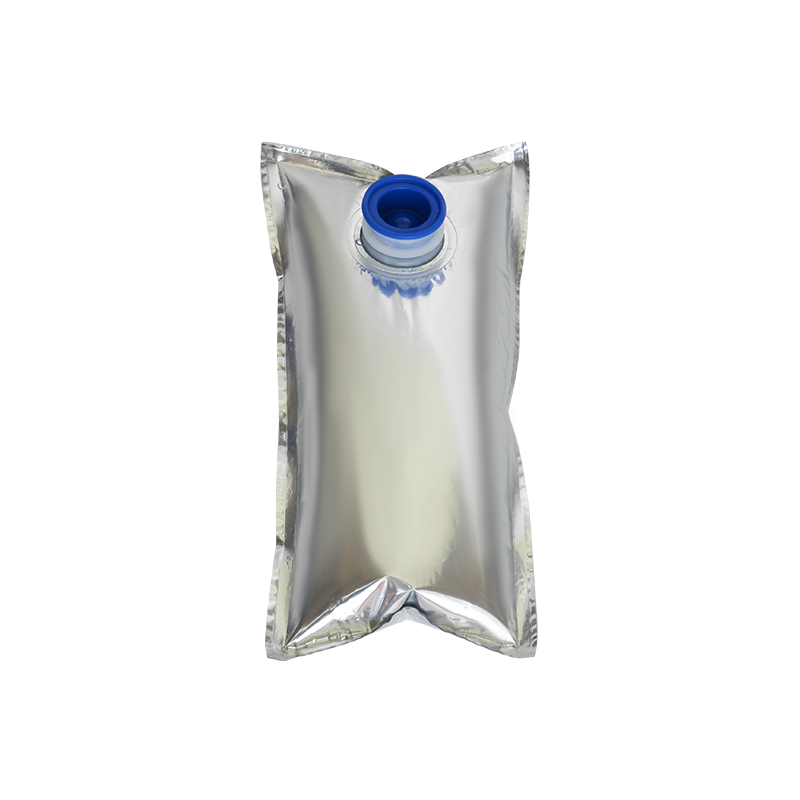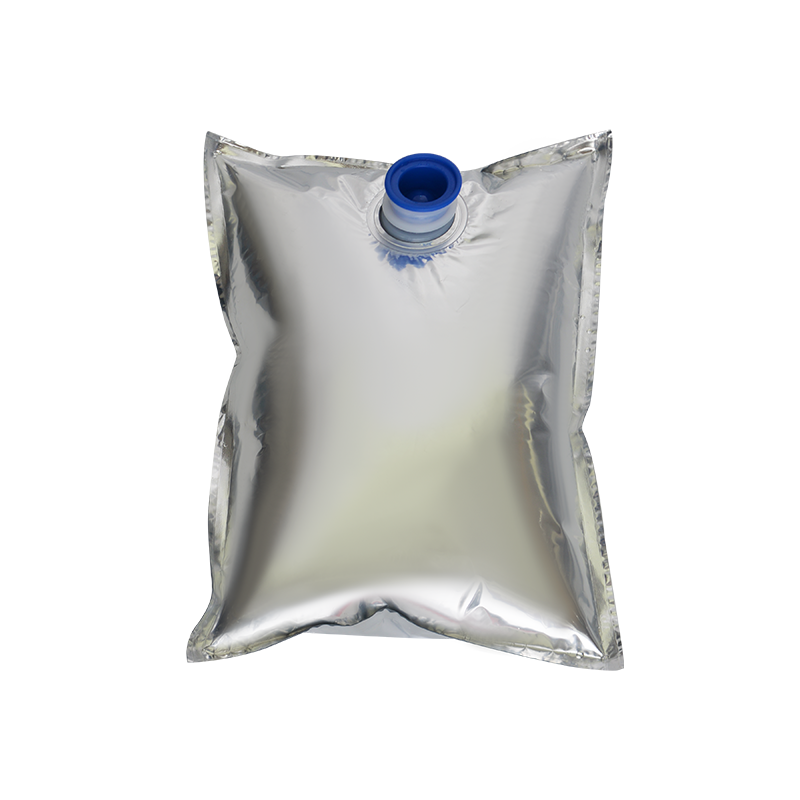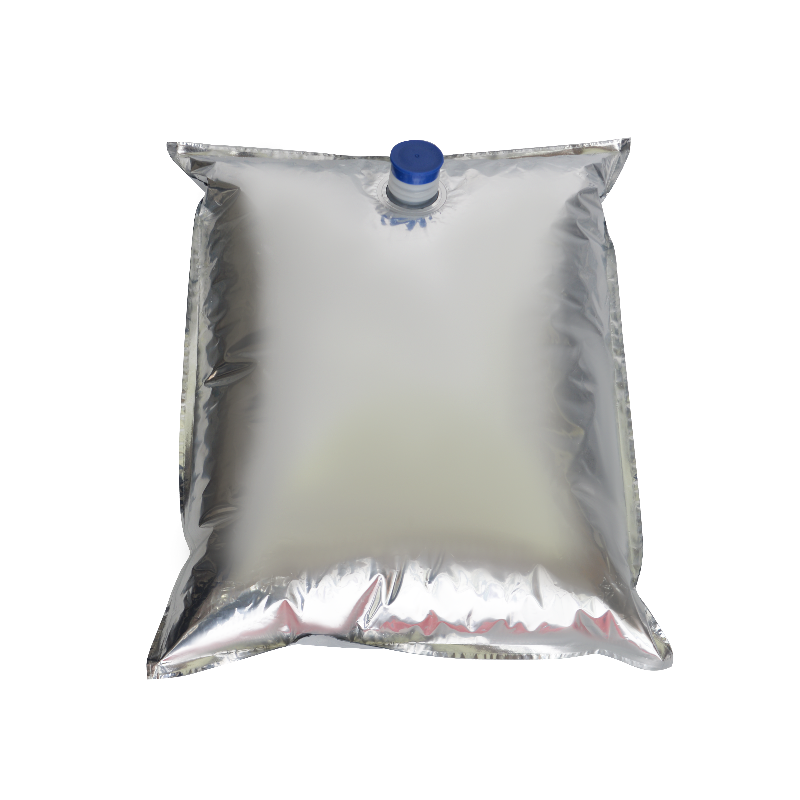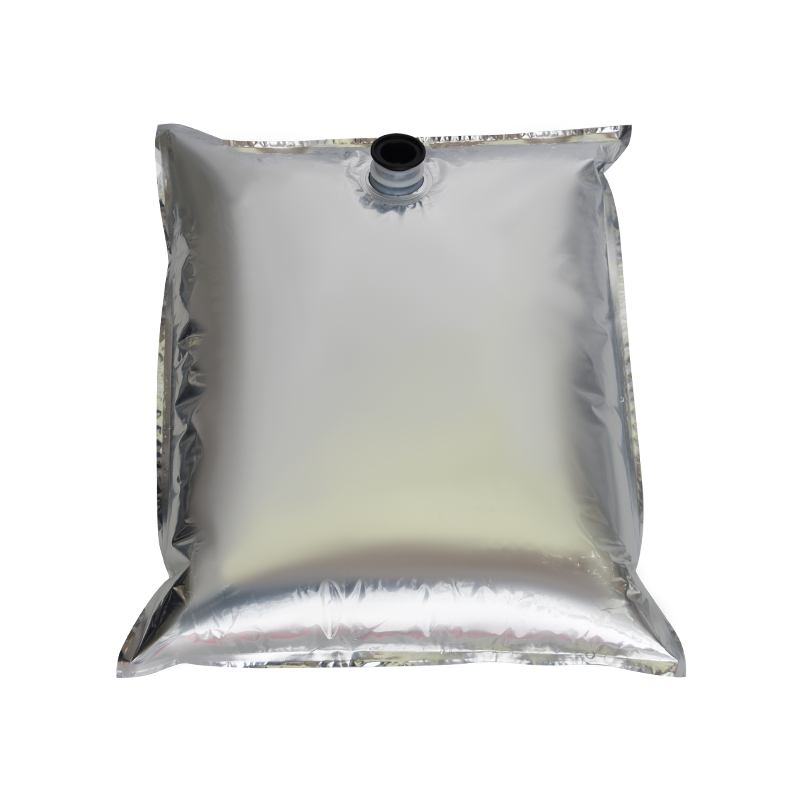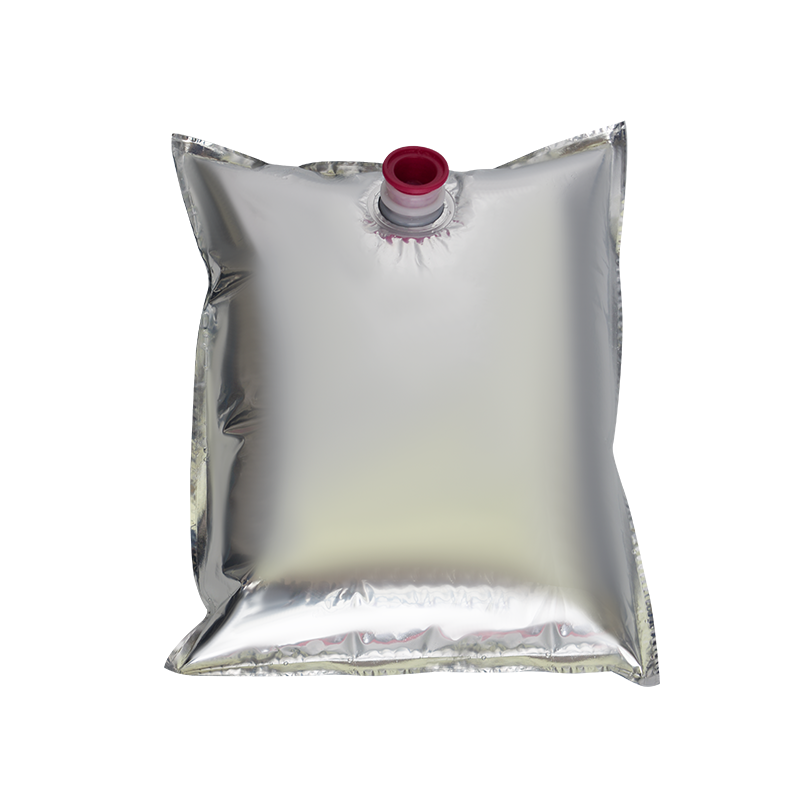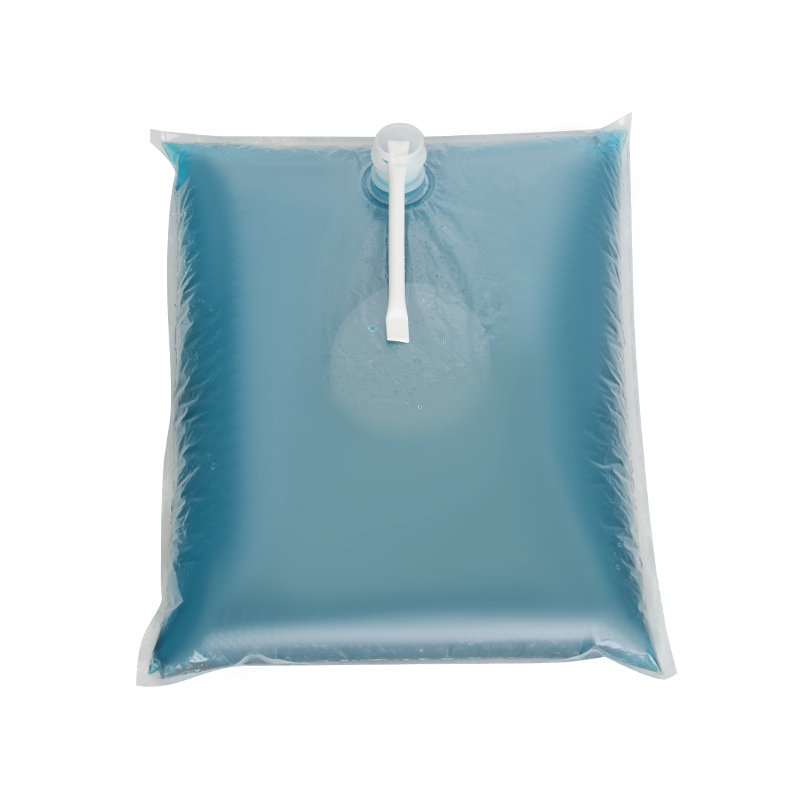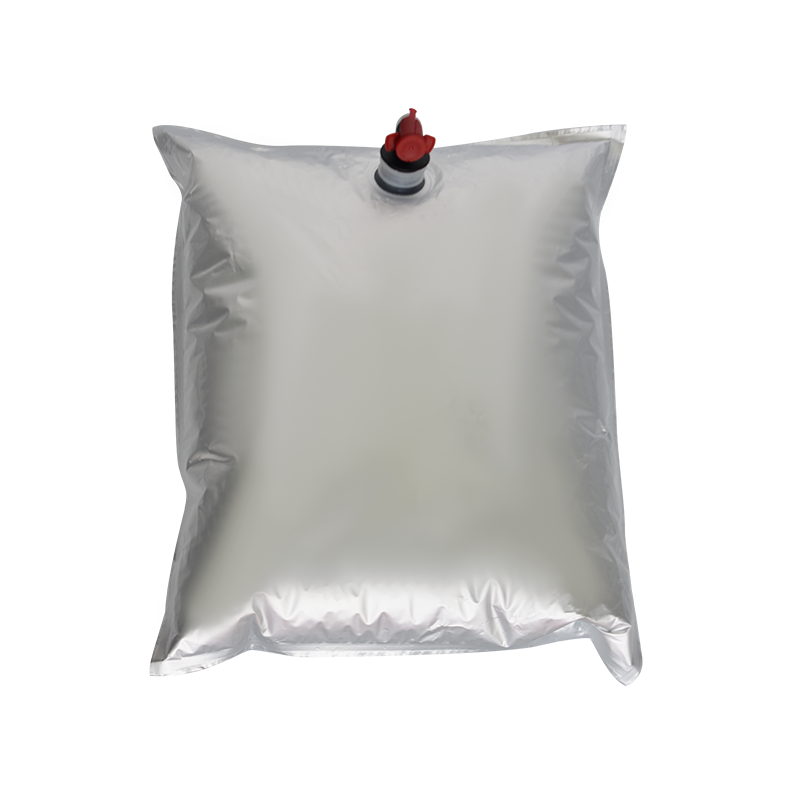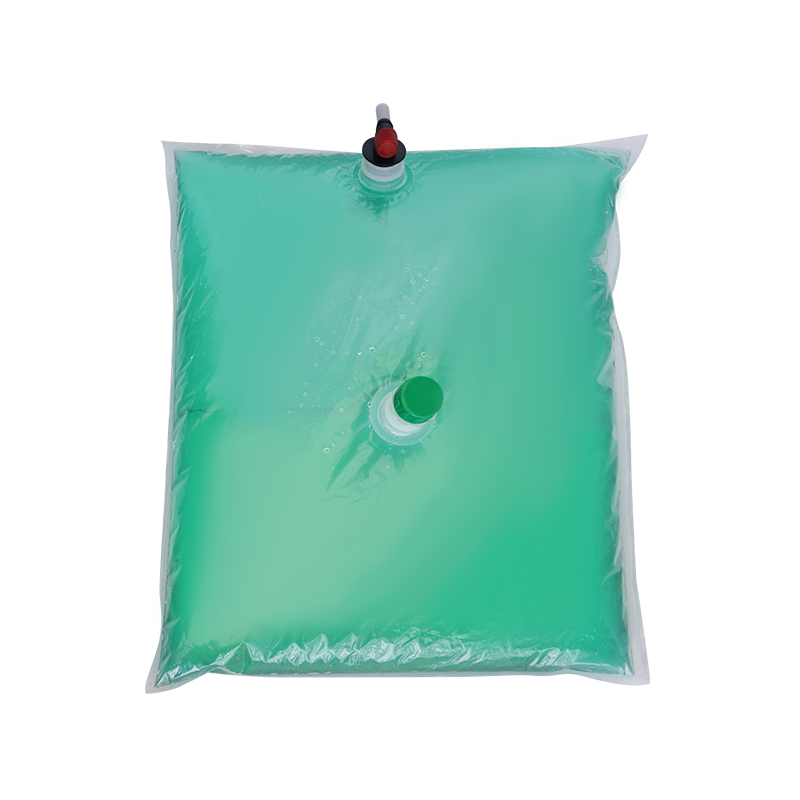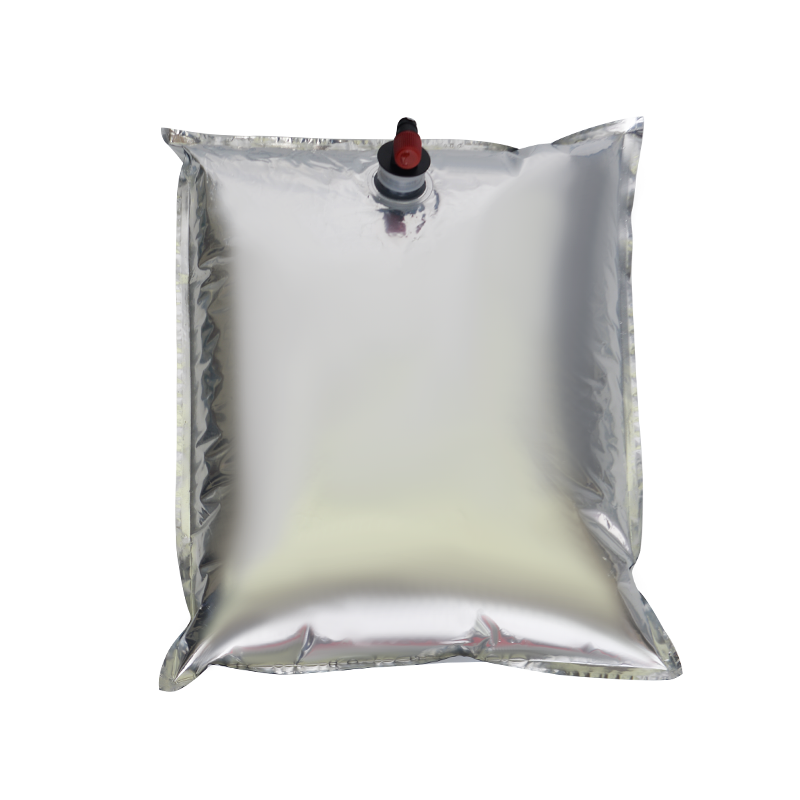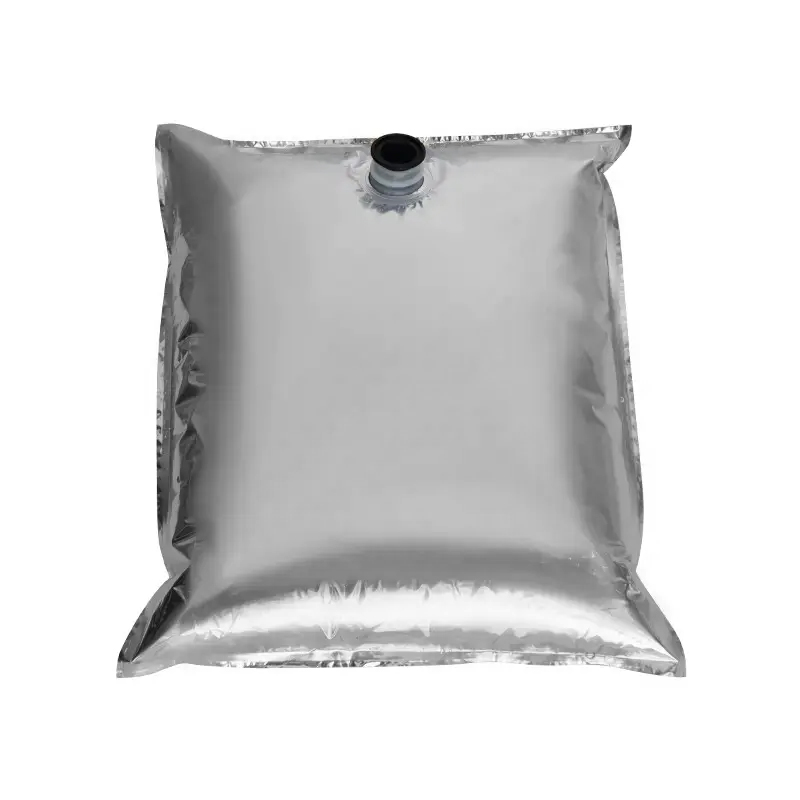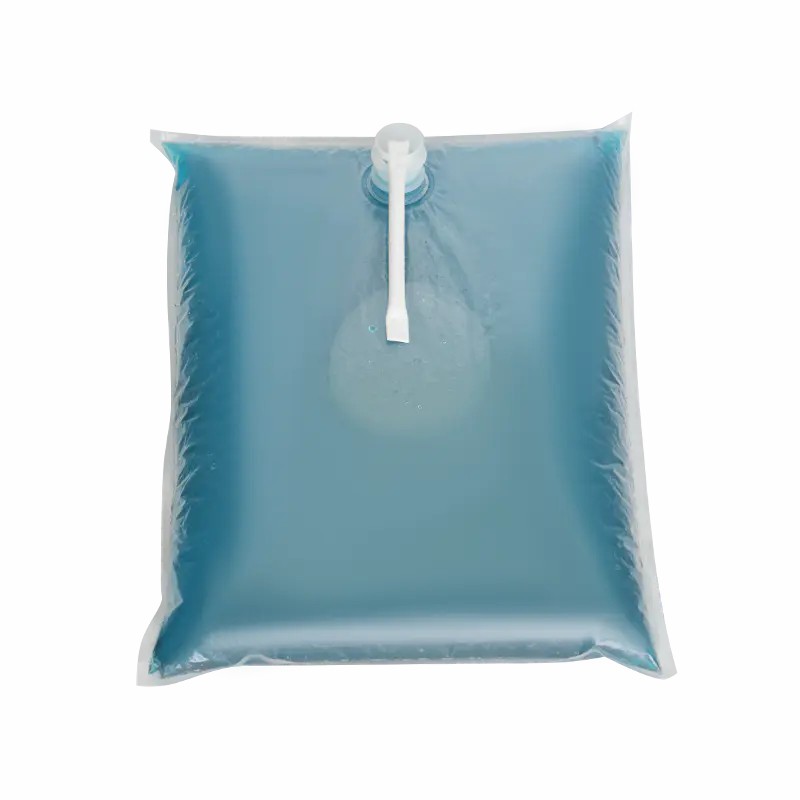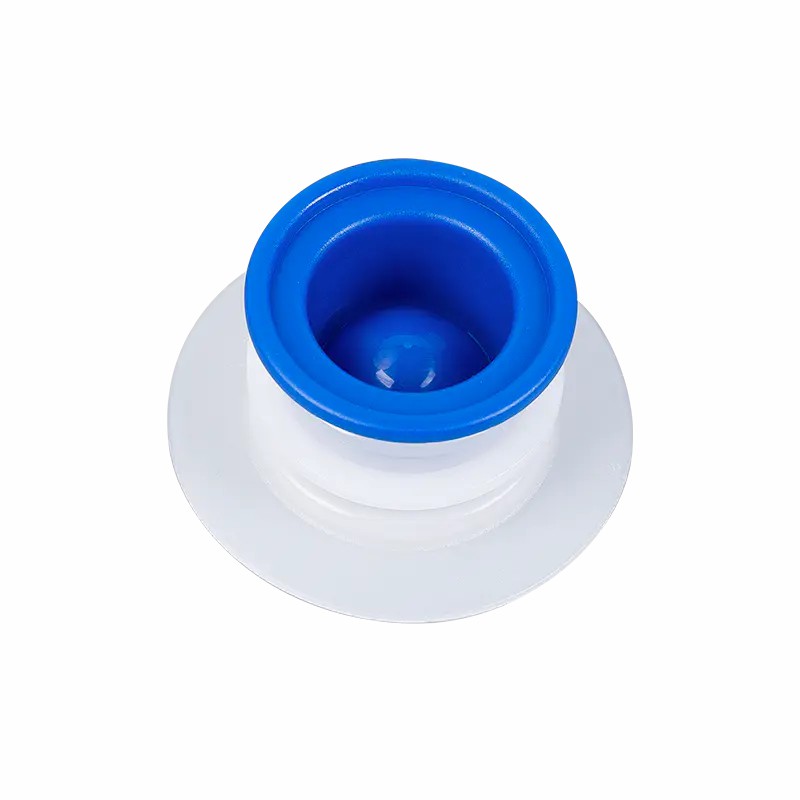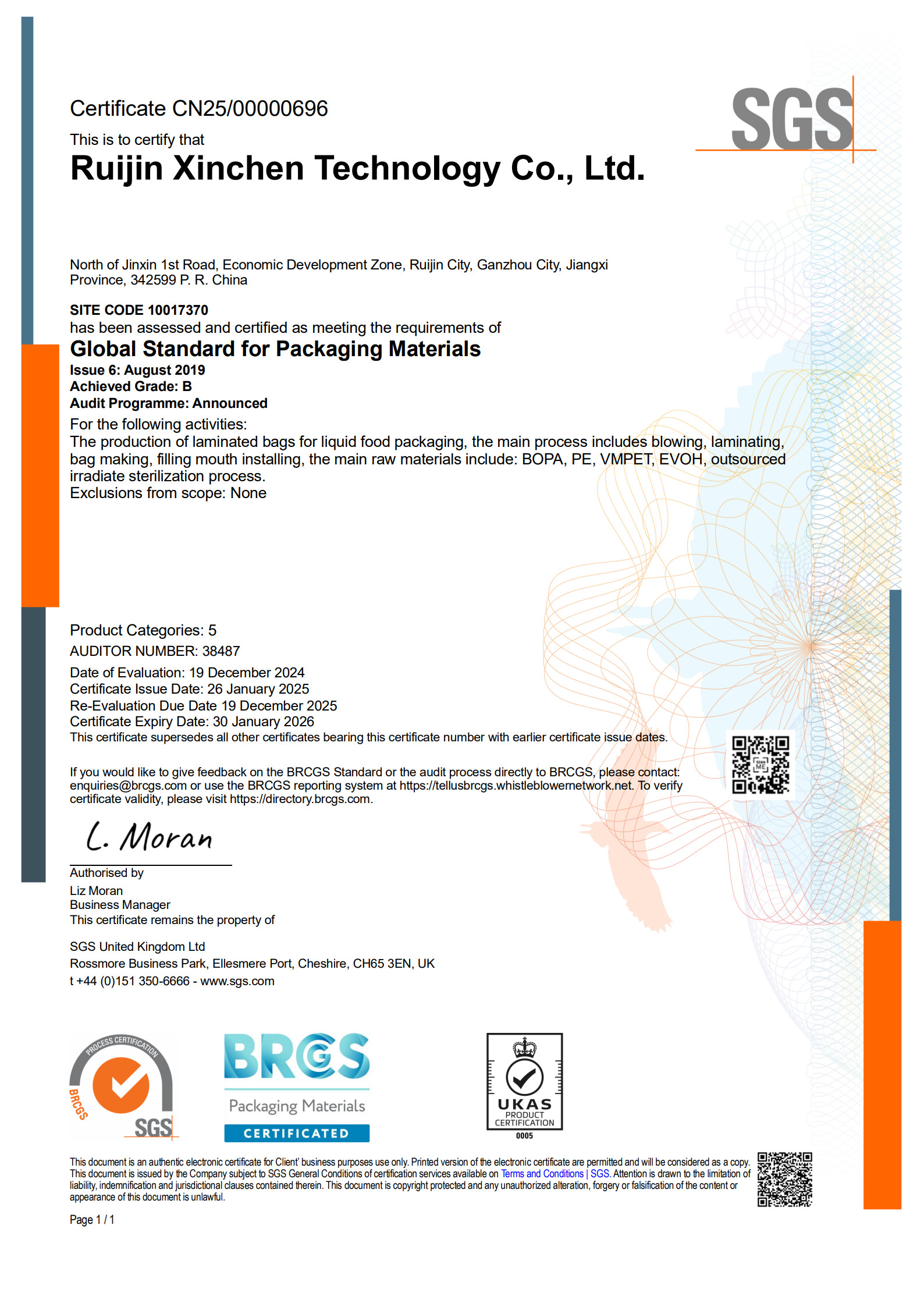
In the medical industry, every technological innovation carries commitment to life safety. Among them, aseptic bags are the key link to ensure the purity and sterility of medical supplies, and their importance is self-evident. It is not only a protective shell for medical products, but also a model of equal emphasis on technology and safety, which deeply reflects the extreme pursuit of details and quality in the modern medical system.
The technological development of aseptic bags is the product of the cross-integration of multiple disciplines such as materials science, packaging technology, and microbiology. In terms of material selection, aseptic bags adopt a multi-layer composite structure, and the inner layer is mostly high-density polyethylene (HDPE) or polypropylene (PP) and other polymer materials. These materials have barrier properties and can effectively prevent the penetration of air, moisture, microorganisms and harmful substances, ensuring the sterility of the internal environment of the packaging. At the same time, the outer layer material focuses on wear resistance, tear resistance and printing adaptability for easy identification and transportation.
With the continuous advancement of science and technology, the materials of aseptic bags are also constantly upgraded. For example, the introduction of bio-based materials and degradable materials not only reduces the environmental pollution problem of medical waste, but also reflects the medical industry's emphasis on sustainable development.
The core value of sterile bags lies in their "sterile" characteristics, which is the cornerstone for ensuring the safe use of medical supplies. In the medical process, any tiny contamination may cause immeasurable harm to patients. The production and use of sterile bags must follow strict aseptic operation specifications. From the procurement of raw materials, the cleanliness control of the production workshop, to the inspection and packaging of finished products, every link must undergo strict quality control to ensure the purity and safety of sterile bags.
The design of sterile bags also fully considers the convenience and safety of use. For example, the easy-tear design makes it easier for medical staff to open the package quickly, while avoiding contamination caused by hand contact with internal items; and the heat-sealing technology with sealing performance ensures the integrity of the package during transportation and storage, preventing interference from external factors.
Looking to the future, the development of sterile bags will continue to adhere to the concept of giving equal importance to technology and safety, and constantly explore new technical paths and application scenarios. On the one hand, with the continuous progress of materials science, the materials of sterile bags will be more environmentally friendly, intelligent and personalized to meet different medical needs; on the other hand, with the continuous improvement of the medical system and the upgrading of medical services, the application scope of sterile bags will be further expanded to multiple fields such as home medical care and emergency rescue, providing safe and reliable medical protection for more people.
At the same time, with the deep integration and application of technologies such as the Internet of Things and big data, sterile bags will become one of the important data nodes in the medical supply chain. By real-time monitoring of environmental parameters in packaging and tracing logistics information, medical institutions can more accurately grasp the inventory situation and drug status, and further improve medical efficiency and service quality.

 English
English русский
русский